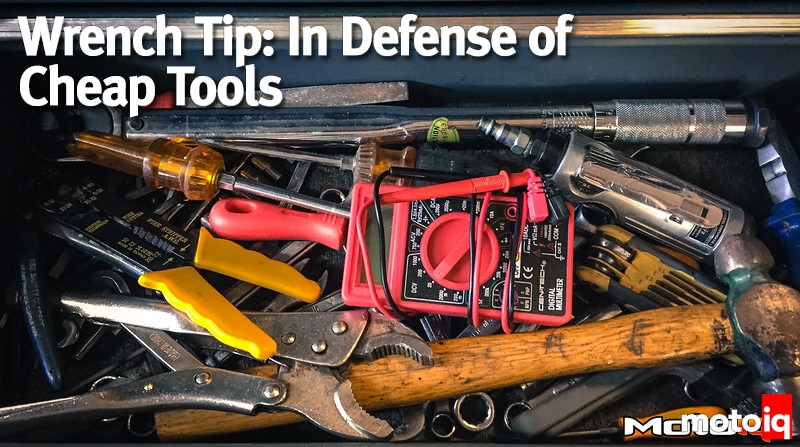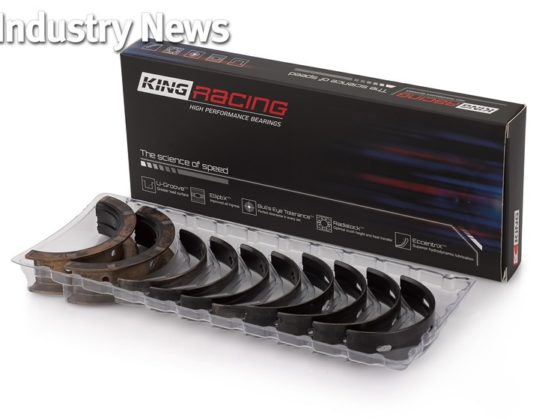
Wrench Tip: In Defense of Cheap Tools
I have a $400 multimeter in my toolbox. I’m not sure why, but at some point in the recent past, I decided I needed to measure voltage with an accuracy of less than one-tenth of one percent and current down to ten microamps. Sitting on top of it, is that red multimeter that Harbor Freight occasionally gives away free with any purchase. Guess which one gets used most often?
The Fluke has its uses, but nine times out of ten, it is overkill; most of the time I just need to know if resistance is near zero or near infinity, and occasionally, if this wire has 12 volts or no volts. Also, at $400, I’m always worried I will break it , scratch it or cause it to go out of calibration by accidentally probing the wrong wire. I’m afraid to use it. On the other hand, I wouldn’t even think twice about using the other meter to hammer in a drywall nail.
The thing about cheap tools is that they aren’t just cheap. They are cheap. Even at the normal price, the Harbor Freight meter is not 20 or 30 percent cheaper; it is almost two orders of magnitude less expensive.
The reliability of expensive tools is undeniably better, but when I need to replace one of my tools, it usually isn’t because it stopped working under normal operating conditions. It’s usually either because A) I lost it, or B) I was doing something really sketchy with it. The kind of sketchy thing that voids even the most liberal warranties. The kind of sketchy thing that uses several simple machines in series to leverage already existing leverage- like a breaker bar on a torque multiplier attached to a hydraulic winch. Something is going to break loose. Hopefully it is the bolt.
If it’s possible you won’t need a tool more than a handful of times, get the cheap one. A big problem with cheap tools is quality control, so if it breaks on its first use, return it. If it doesn’t, it’ll likely last at least ten more times. After that, things can go three different directions:
1 – You never use the tool again. Perfect. Done, and you saved yourself a bunch of money.
2 – You use the tool a lot and it gets broken. You use what you learned about the cheap tool to make a more informed decision on which good tool to buy.
3 – The tool works well enough, but you want/need better quality/accuracy. You buy the better one. Now you have the nice one, and you get to add the cheap one to your holiest of tool collections: the beater toolbox.
The Beater Toolbox
As much as I love cheap tools, I actually own a lot of nice tools. I have a toolbox full of Craftsman, Klein, Knipex, even a few Snap-On tools. Almost all of them were preceded at one point by their cheap counterpart. I still have most of those cheap tools in another toolbox. A toolbox I dip into often. A toolbox filled with grotesque deformities: Allen wrenches cut to fit tight places, wrenches welded to other wrenches (usually on purpose), and screwdrivers that get used all the time, but never to drive screws.

I don’t worry about them getting broken or lost by me or other people; when one of my roommates asks where my pliers are, I say “You know my beater toolbox full of shitty tools? Third drawer down.” These were all primary tools at one point, but were demoted after they were deemed unsuitable for everyday use.

Admittedly, my regular toolbox gets more use than the beater toolbox, but not as much as the mobile toolbox. The best toolbox is the one you have with you, and I don’t wheel my primary toolbox into my car every time I leave the house. Thankfully, I have $30.



